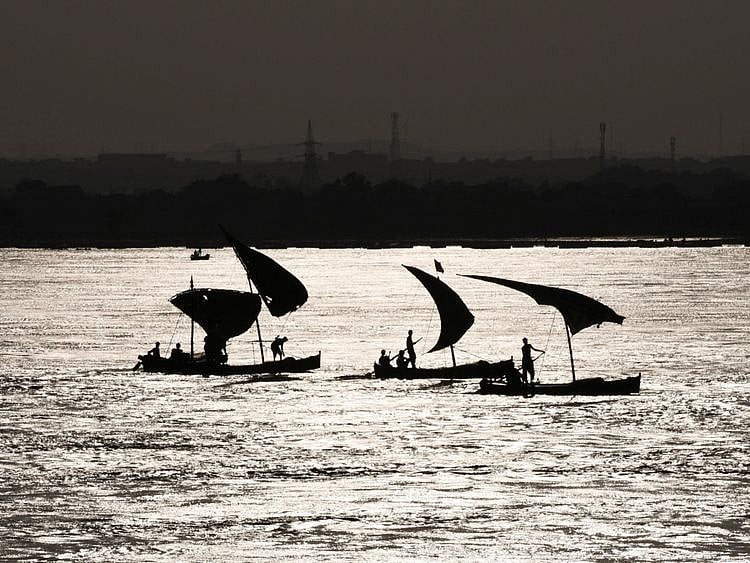Pakistan to launch biggest climate initiative to restore River Indus
‘We will have to ensure development in harmony with nature, not against nature’

Islamabad: Pakistan has approved the country’s biggest climate adaptation initiative called the ‘Living Indus Initiative’ to revive the natural routes of the Indus river.
Federal Minister for Climate Change Senator Sherry Rehman said that the cabinet had already approved the initiative, which is aimed at protecting the river facing serious environmental degradation.
“Living Indus aims to protect Pakistan’s lifeline Indus River which is our source of food, jobs, water and life. This project will help protect the Indus River and its associated livelihoods, biodiversity and populations” the minister said.
The Living Indus Initiative will cost around $11-17 billion and the funds will be managed through the fiscal facilities available,” Rehman said. The government plans to launch the project at United Nations Climate Change Conference COP 27 as well. The UN has also assisted the Ministry of Climate Change (MoCC) to develop a detailed report on River Indus to devise a well-thought strategy to initiate its conservation and restoration as a living river.
River restoration is the process of reinstating natural processes to restore biodiversity, providing benefits to both people and wildlife. Restoring river ecosystems play an important role in combating climate change impacts, improving the ecology and reducing floods.
Pakistan’s lifeline
The minister called Indus ‘mother of the nation’ and said that the mighty river fed the entire agricultural lands and populations living along it from the north to the south. “We will have to ensure development in harmony with nature, not against nature,” she said. The 5,000-year-old Indus Valley civilization also flourished on the banks of River Indus.
The River Indus is Pakistan’s lifeline and the country’s longest river which is crucial to the livelihoods of millions of people. But population growth, mismanagement and exploitation of river has led to widespread degradation, resulting in a loss of biodiversity and ecosystem services.
Environmental degradation
Pakistan has paid a huge cost in the agriculture sector due to climate change, Rehman said, adding, “This the matter of our survival. The shrinking size of fished and other species is clear evidence of environmental degradation and habitat loss in the polluted Indus River.” The immediate threats to River Indus are climate change, water scarcity, damaged ecosystems, excessive use of water resources due to growing demand, increasing pollution and waste, poor planning and inadequate preparation, melting of glacial lakes and floods.
The 25 priority interventions included developing nature-based resilience agriculture, salinity control, delta protection, Indus cleanup from industrial effluent, green infrastructure and ground recharge and groundwater governance. The major sectors covered across all interventions are: biodiversity, agriculture, governance, livelihood, pollution, forests, tourism and groundwater. The project would operate across the length and breadth of the country whereas the private sector would be required to chip in finances.
The Indus River Basin covers an area of around 1 million square kilometres from its source in Tibet to the Arabian Sea and connects four countries - Pakistan, China, India, and Afghanistan.
Sign up for the Daily Briefing
Get the latest news and updates straight to your inbox
Network Links
GN StoreDownload our app
© Al Nisr Publishing LLC 2025. All rights reserved.